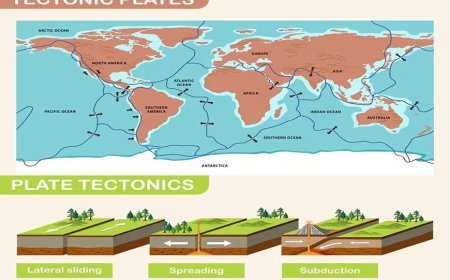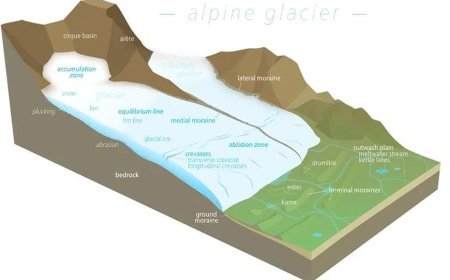SIGNIFICANCE OF UNCONFIRMITY
Unconformities expose Earth's missing chapters, unlocking time gaps in the rock record.

The Significance of Unconformities
Importance of Unconformities: Unconformities help us learn about natural processes and give us useful information about how the Earth formed. Some of the most important things about them are:
1. Relative Dating
- It is possible to figure out how old rocks and sedimentary layers are by looking at how the different rock groups and unconformities relate to each other.
- This lets scientists figure out the order of events and make a relative timeline of geological events.
2. Tectonic Activity
- Regarding tectonic activity, angular unconformities show times when tectonic activity happened, like when mountains were formed or the crust was deformed.
- Geologists can figure out the forces and processes that changed the Earth's crust over time by looking at the angular relationships between rock layers.
3. Environmental Changes
- Unconformities often show times when rocks didn't form or were worn away, which shows that the environment has changed.
- Geologists can figure out what the environment was like in the past and how it changed by looking at the rocks and fossils that are found near unconformities.
4. Geological History
- Unconformities show the history of geological events like weathering, sedimentation, and deformation.
- Geologists can figure out the Earth's past and the processes that have created it by looking at these gaps in the rock record.
- In conclusion, unconformities are important parts of stratigraphy because they tell us a lot about the Earth's geological past, such as relative dating, tectonic activity, environmental changes, and the general geological timeline.
- Geologists can figure out what happened in the past, understand how geological processes work, and learn more about how the Earth changes over time by figuring out the types of unconformities.
What's Your Reaction?



































